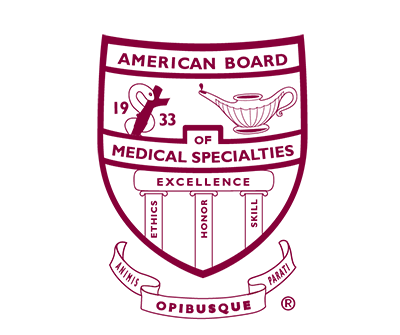Unlike the EU countries that automatically license an EU doctor (directive 93/16) so that he/she can start residency training without an exam, this is not the case in the United States. Doctors with European medical degrees do not automatically receive a medical license to start a residency.
In order to be able to apply for residency training in the US, you must first achieve high scores on the USMLE (United States Medical Licensing Examination) so you can obtain a medical license in the U.S. The USMLE is a 4-part exam and certifies each physician’s total medical knowledge, critical thinking and application of this medical knowledge to clinical practice with a focus on safe and effective patient care. The Examination involves all subjects of Medicine.
- USMLE Step 1: Examined in all Pre-clinical fields of Medicine such as Anatomy, Biochemistry, Microbiology, Microbiology, Pathology, Pathological Anatomy, Pharmacology, Physiology, Genetics, Immunology, Pathophysiology, Biophysics, Behavioral Sciences.
- USMLE Step 2 CK: You are examined in all Clinical fields of Medicine like Internal Medicine, Surgery, Obstetrics and Gynecology, Pediatrics, Psychiatry, Epidemiology, Preventive Medicine.
- USMLE Step 2 CS: Assesses examinees’ ability to apply the medical knowledge and skills necessary to provide care to the patient under observation, using standardized patient cases (actors) to test students and graduates on their ability to gather information from patients, perform physical examinations, and communicate their diagnosis to patients and colleagues.
- USMLE Step 3: Step 3 is the final USMLE exam leading to the professional license. The exam syllabus is determined by committees composed of experts in their fields, both academic and non-academic, who are well-established in their fields. You are tested on whether you can cope as a physician of all basic clinical specialties in day-to-day clinical situations in the physician’s office, emergency room, operating room and intensive care unit.
The USMLE process is very time-consuming and it is recommended that you complete it with high scores as they are of great importance during the next step of the process (the application process), especially for highly competitive specialties.






